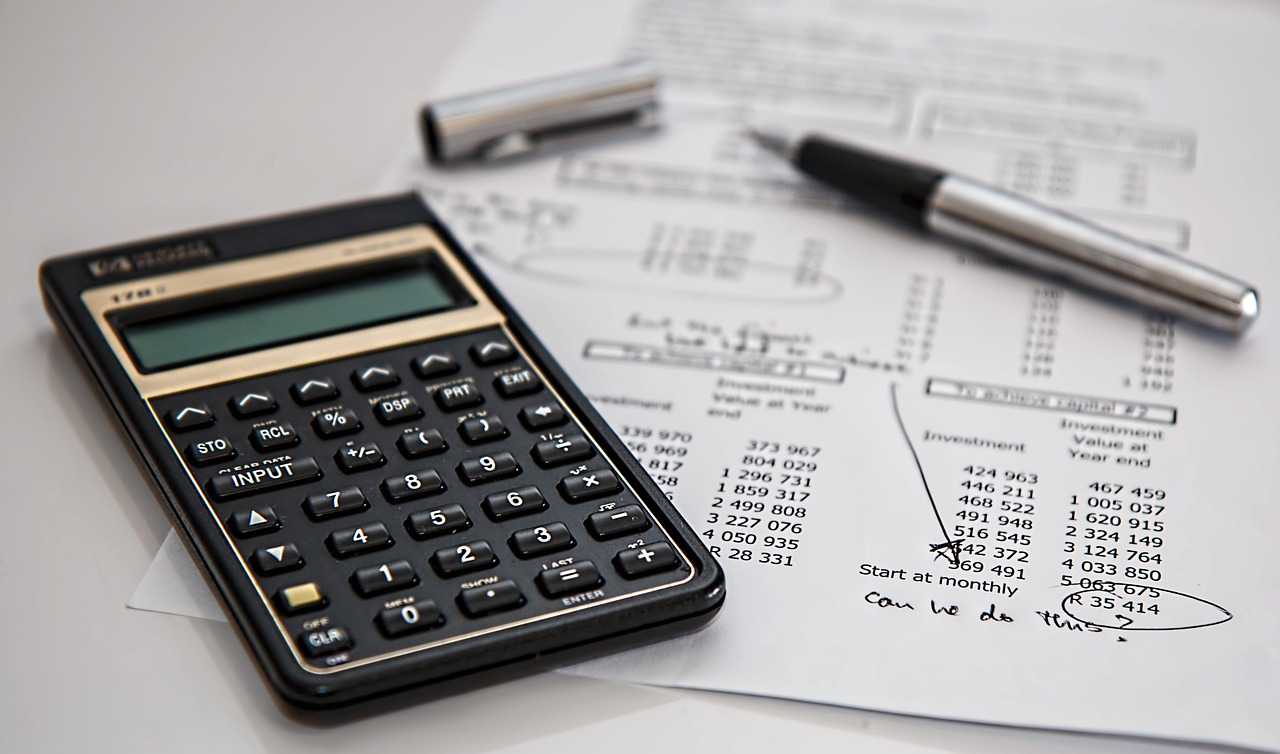Original article (in Slovenian) was published on 12/3/2024; Author: Lara Drugovič
Maks Tajnikar, a professor at the School of Economics and Business, explained to Razkrinkavanje.si that “the concept of public debt as a share of GDP is only suitable for political and promotional purposes” and does not explain either public borrowing or GDP growth.
Prime Minister Robert Golob was asked on a late-night news show on 20 February whether the government would cut payroll taxes as promised. He replied that the current government, in contrast to the previous one, was concerned about balancing public finances.
He claimed that public debt had increased dramatically under the Janez Janša government. “When we took office, public debt was 72%, today it is only 67% of gross domestic product,” Golob added.
Statistics Office data show that the debt-to-GDP ratio was 80.2% in 2020, when the Janša government took office, up 14.2 percentage points from the year before, and 74.8% in 2021.
In 2022, when the Golob government took office in June, public debt was 72.7% of GDP, dropping to 68.4% in 2023. According to the latest available data, for the third quarter of last year, public debt was 66.9% of GDP, just 0.9 percentage points higher than in the last year before the pandemic.
Annual data for last year are not yet available, so we have used quarterly data, but since Golob referred to annual data in his statement, we have used annual figures for other years.
The Office for Macroeconomic Analysis and Development (IMAD), the government’s forecaster, explained to Razkrinkavanje.si that the country’s debt increased by 14.2 percentage points in 2020 compared to the year before due to a sharp decline in economic activity during the covid pandemic.
More specifically, general government revenue declined at that time. The debt was further driven by extensive stimulus measures taken to mitigate the impact of the pandemic, and the government also increased debt by pre-financing future borrowing, thereby buttressing its cash reserves.
However, according to IMAD “the process of reducing the debt-to-GDP ratio started as early as 2021”, when the economy started recovering, cash reserves were reduced, and the primary deficit narrowed. Debt reduction continued in 2022, 2023 and 2024 due to additional deficit reduction, lower expenditure to mitigate the effects of the pandemic, and high inflation.
IMAD noted that Slovenia was exposed to several economic shocks between 2019 and 2023, which “were strong but different in substance, which is why the responses to these shocks were different”.
They added that in 2023, debt as a share of GDP was lower than in 2019 in only seven of the 27 EU countries, while Slovenia’s increase in public debt between 2019 and 2023 was slower than on average in the EU.
Maks Tajnikar, a professor at the School of Economics and Business, University of Ljubljana, explained to Razkrinkavanje.si that the debt-to-GDP ratio depends on both government borrowing and GDP growth, but does not explain either borrowing or GDP growth.
“We have to realize that the concept of public debt as a share of GDP is only suitable for political and publicity purposes” and that a reduction in the debt-to-GDP ratio is not always a positive sign reflecting a country’s appropriate tax policy.
In Tajnikar’s assessment, the critical year during the Janez Janša government was 2020, when covid triggered an economic crisis and growth “literally came to a standstill” because of an absence of foreign demand, output and labour. In such a situation, even inflation was absent, so budget revenues contracted as a result. Supporting the population and the economy was therefore impossible without spending and borrowing: “The fall in GDP growth and record borrowing led to a high ratio of public debt to GDP.”
For the Robert Golob government, meanwhile, the critical year was 2023, with the war in Ukraine, which started in February of the previous year, having a key impact, followed by an agriculture and energy crisis, and the collapse of export markets and supply chains.
At the same time, high demand, and with it record inflation, continued as a result of post-pandemic recovery, boosting budget revenue and radically reducing the need for borrowing: “Modest growth and a smaller state budget deficit compared to 2020 have also led to a decline in the debt-to-GDP ratio compared to the Janša era.”
Both governments grappled with economic shocks, whose origin and effects were different; the macroeconomic circumstances and the reactions of both governments differed as well. “In fact, the performance of governments can only be compared in terms of their reactions in the context of economic policy.”
The Prime Minister’s Office responded to our observations by saying that public debt as a share of GDP “represents an assessment of a country’s ability to sustain its debt and service existing debt”, which is also confirmed by the new fiscal rules that entered into force last April and introduce the concept of fiscal planning based on debt sustainability. Therefore, they designated Tajnikar’s statement that public debt as a share of GDP is used mainly for “political-promotional purposes” as unfounded.
They added that the European Commission had approved in 2024 Slovenia’s medium-term structural-fiscal plan, according to which the government plans to further reduce public debt as a share of GDP.
The portion of the prime minister’s claim that public debt had increased markedly under the Janez Janša government is true. A bit of rounding aside, the prime minister uses accurate data in the follow-up, but the terms of the two governments are not comparable due to the very different economic circumstances. Moreover, according to the economist Tajnikar, the debt-to-GDP ratio does not reflect either public borrowing or GDP growth. The claim is biased according to the Razkrinkavanje.si methodology.



